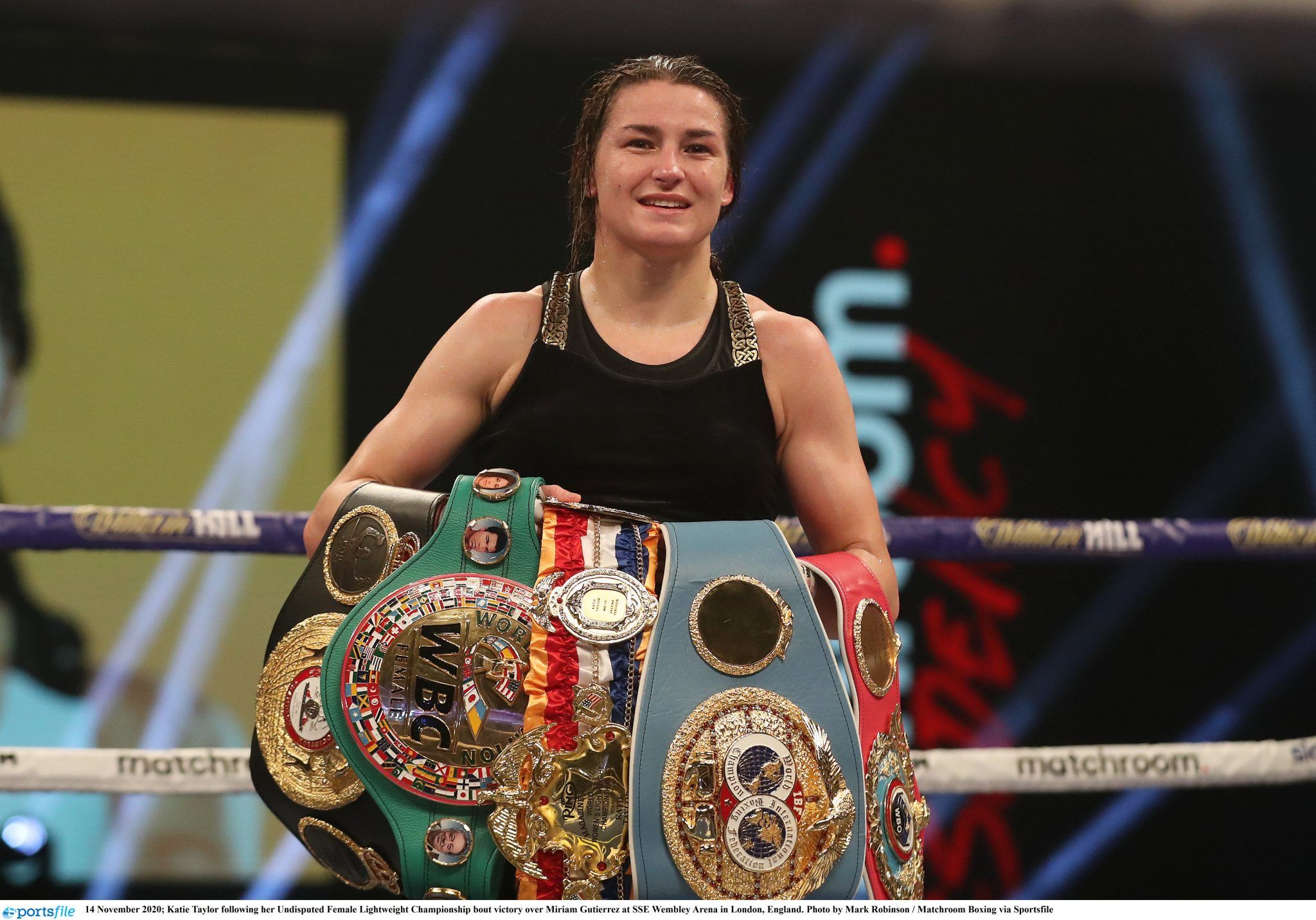WBC, WBA, WBO, IBF, Ring Magazine, IBO, WWF – okay, that last one was a joke, but the fact the previous six are all recognised world title belts is probably the funniest thing of all.
With 17 various weight divisions and six different belts (to name a few), it’s no wonder fans lose interest and opt to watch mixed martial arts via the UFC, where it’s one champion per weight division. Boxing is almost impossible to follow… until now.
We have attempted to do the impossible and educate you, so you can impress your friends with the pointlessly complex rules of being a world champion pugilist.
First thing you need to know is that as far as respected boxers and fans care, there are only four main sanctioning bodies; the WBC, WBA, WBO and IBF. These are the organisations that sanction title fights, so if you compete for one of these belts, you have to pay a sanctioning fee – thus the reason the number of belts keeps multiplying like rabbits.
More belts = more money.
WBA – World Boxing Association
This is the oldest of the main four sanctioning bodies, formed way back in 1921 and therefore is regarded by some to be the most prestigious. There are several versions of the one WBA belt per weight division.
You can be a ‘regular’ WBA world champion, which means you are considered the second best in the world, and the real world champ is the ‘super’ WBA champion.
Then add in interim belts, which are given out when the legitimate title holder is injured and cannot defend their belt, so this temporary belt becomes available to compete for until they are healthy to fight again. The WBA also recently announced its ‘gold’ champion belt, but we’re going to do what every other boxing fan does and just ignore that.
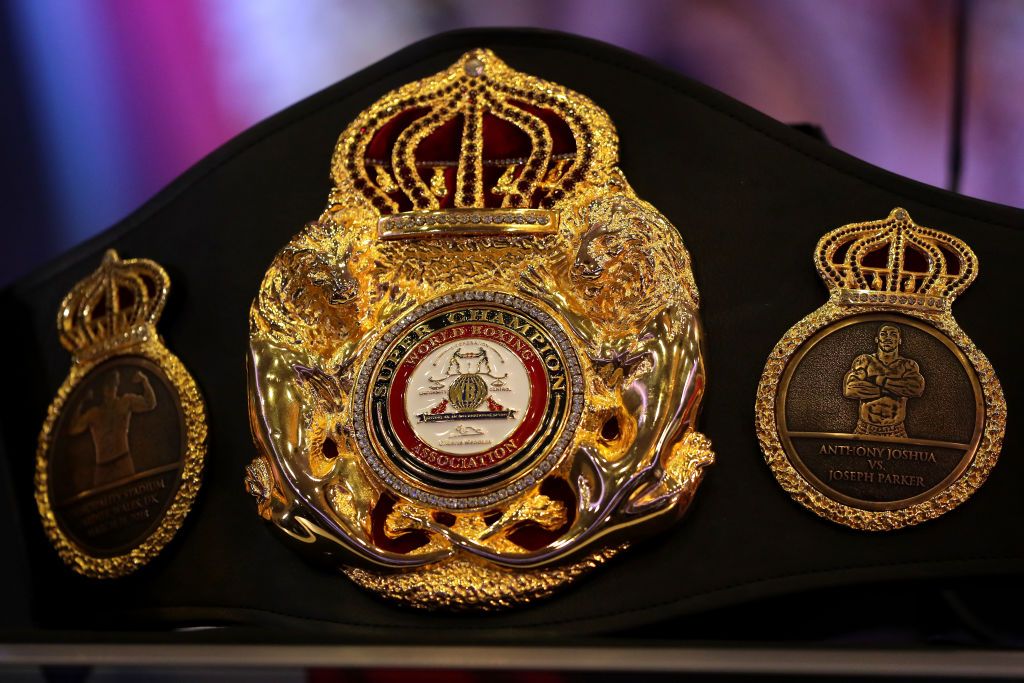 (Photo by Richard Heathcote/Getty Images)
(Photo by Richard Heathcote/Getty Images)WBC (World Boxing Council)
Speaking purely on aesthetics, the WBC is the sexiest belt of them all. It was founded in 1963, making it the second oldest sanctioning body and they did have one world champion, and then a second champion which they refer too as the ‘silver’ champion.
Throw in interim belts and you would think it’s getting out of hand, but their new “franchise champion” takes the biscuit. That’s right, a whole new belt which is graded to be even higher than world champion. They awarded it to Vasyl Lomachenko when he won the WBC lightweight title, which meant that his original world title was demoted to the next person highest in the rankings.
That person happened to be the young promising fighter Devin Haney, who found out about his glorious world title win via email. You read that right – email.
Here’s the real kicker though; if the franchise champion were to lose, that doesn’t mean they lose their belt. It’s up to the WBC’s discretion who keeps it and who doesn’t. This way, they get to keep the richest fighter on payroll, even if they slip up.
Let’s ignore the fact they also made a ‘Money belt’ for the McGregor v Mayweather fight and now a YouTube belt for the likes of Jake Paul and KSI to fight for.
 (Photo by Michael Owens/Getty Images)
(Photo by Michael Owens/Getty Images)IBF (International Boxing Federation)
Formed in 1983, the founder of the IBF was caught taking bribes and eventually went to prison for tax evasion. Continuous involvement with sketchy decisions and dealings meant it was on the brink of being disbanded completely.
To its credit, the whole organisation was stripped bare and is now extra vigilant in its dealings. Unlike the WBC, the IBF is notorious for stripping fighters of their champion status, regardless of how much money they bring in.
The IBF is also strictest with drug testing and have a 10lb re-hydration clause which means that whatever weight you weigh in at, you’re not allowed to weigh more than 10lbs the day after, to discourage fighters from making huge weight cuts.
 (Photo by Richard Heathcote/Getty Images)
(Photo by Richard Heathcote/Getty Images)WBO (World Boxing Organisation)
As it was only created in 1988, the WBO wasn’t regarded as a real world title until the likes of Chris Eubank won it in the ’90s, and it then became the prize for huge fights against Nigel Benn and Steve Collins.
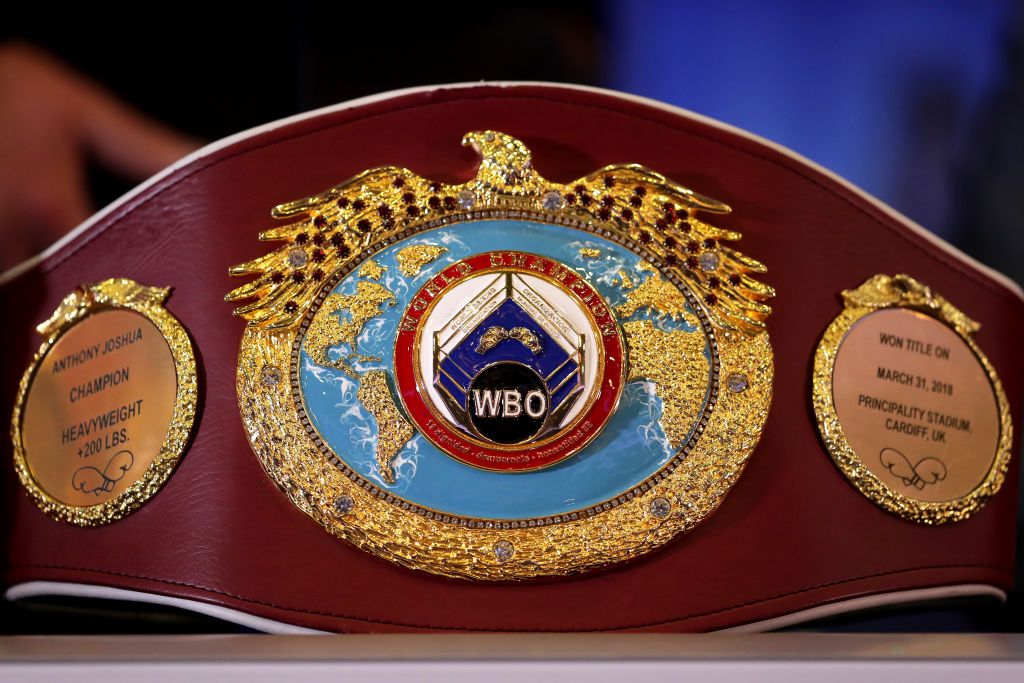 (Photo by Richard Heathcote/Getty Images)
(Photo by Richard Heathcote/Getty Images)The Ring Magazine Belt
Otherwise known as ‘The Rocky Belt’ as it is the one Sylvester Stallone always competed for in the Rocky movies, the Ring Magazine is a belt awarded by the long-standing boxing publication often referred to as ‘the bible of boxing’.
It isn’t actually a sanctioning body, as it is picked by the magazine’s journalists and is supposed to only be on the line when the two very best in a weight division fight each other.
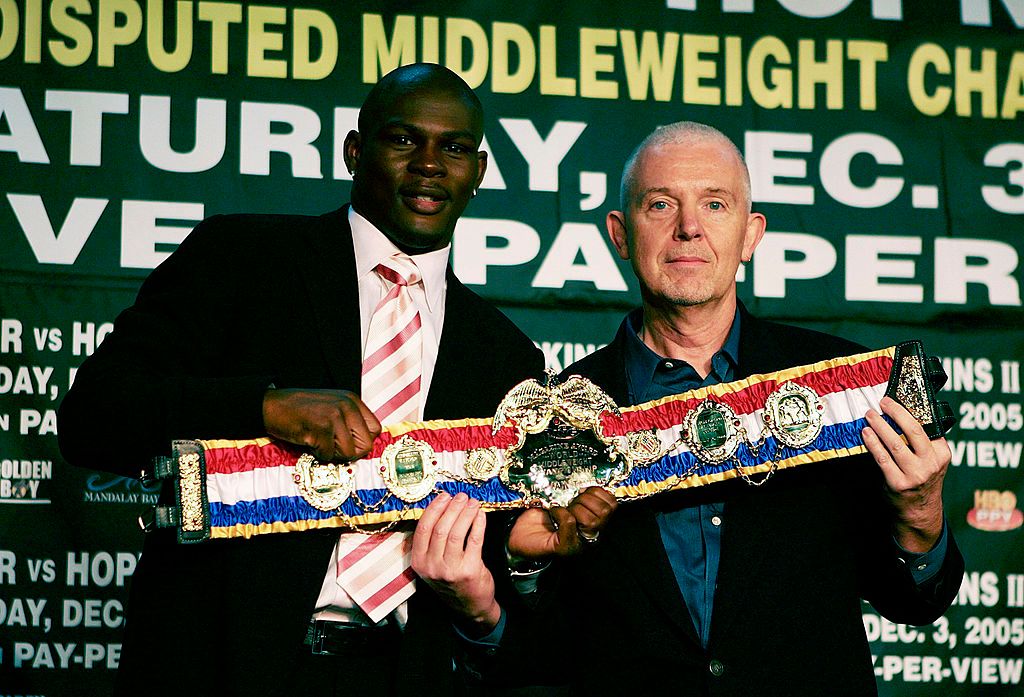 (Photo by Al Bello/Getty Images.)
(Photo by Al Bello/Getty Images.)IBO/WBU/NBA
You have to draw the line somewhere and fighters with any real pedigree consider these as mere stepping stones. For example, George Groves point blank refused to pay the sanctioning fee for the IBO title when he won it off Chris Eubank Jr – literally he just gave it away.
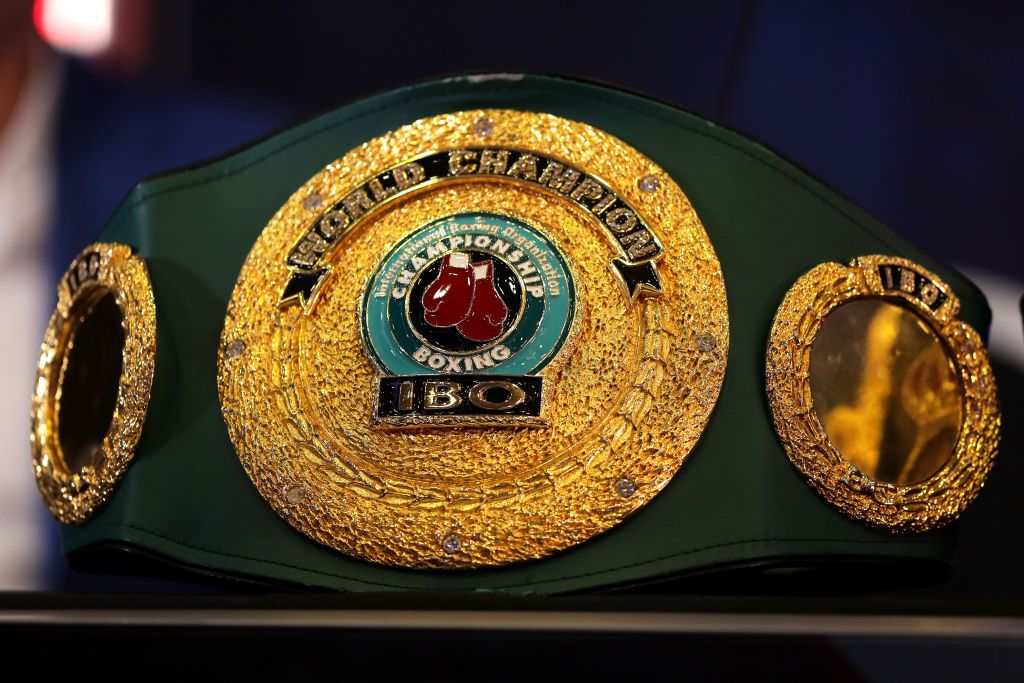 (Photo by Richard Heathcote/Getty Images)
(Photo by Richard Heathcote/Getty Images)Unifications and undisputed
Unification fights are when one or more of the belts are up for grabs. For example, just last week Canelo put his WBC and WBA belts on the line against Billy Joe Saunders, who held the WBO belt, with the winner (Canelo) taking them all.
Undisputed is when a single fighter holds all of the belts in one division. This is very rare and difficult to do because each organisation demands that you fight a mandatory contender in their own ranks or they strip the belt off you.
Katie Taylor is currently the undisputed lightweight champion, holding all four sanctioning body belts and The Ring Magazine belt. Anthony Joshua is on the brink of fighting Tyson Fury in a heavyweight unification fight that would see the winner become undisputed.
Still confused? Yeah, us too.

